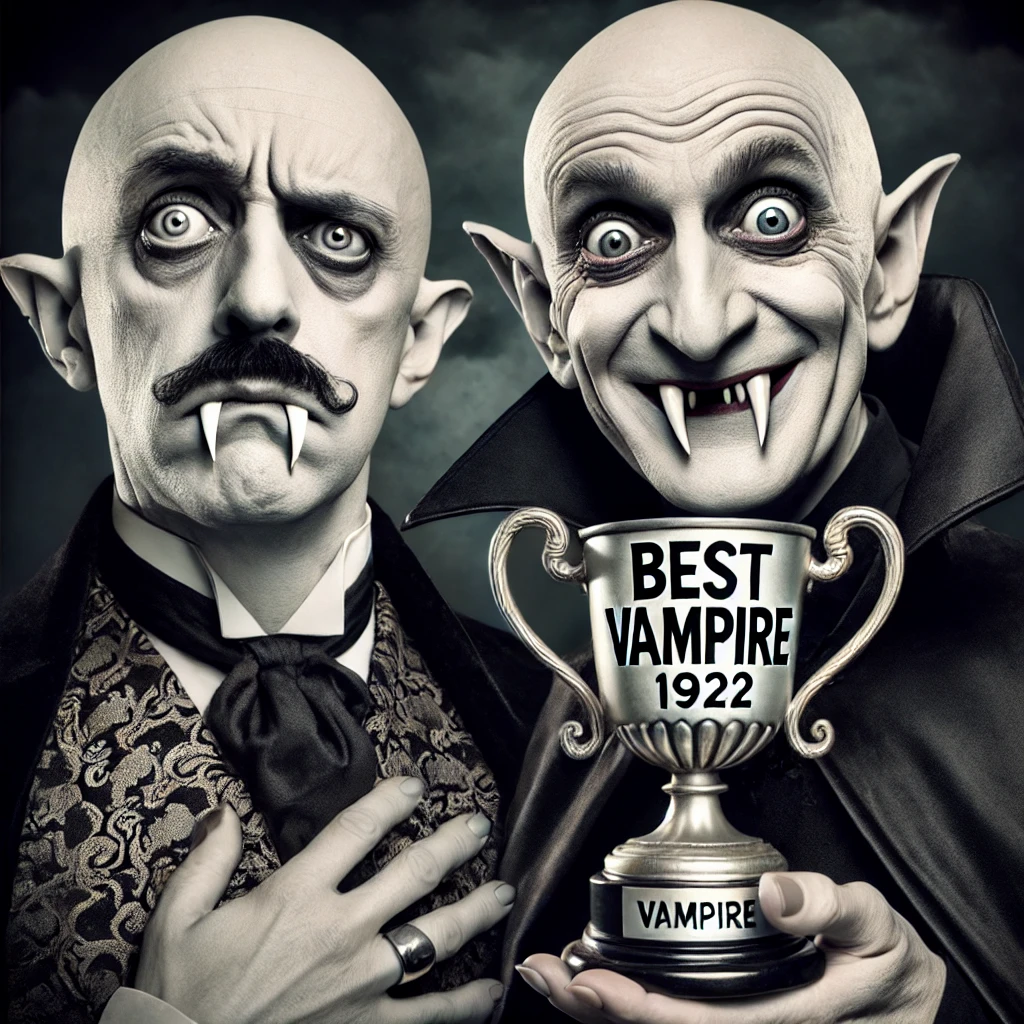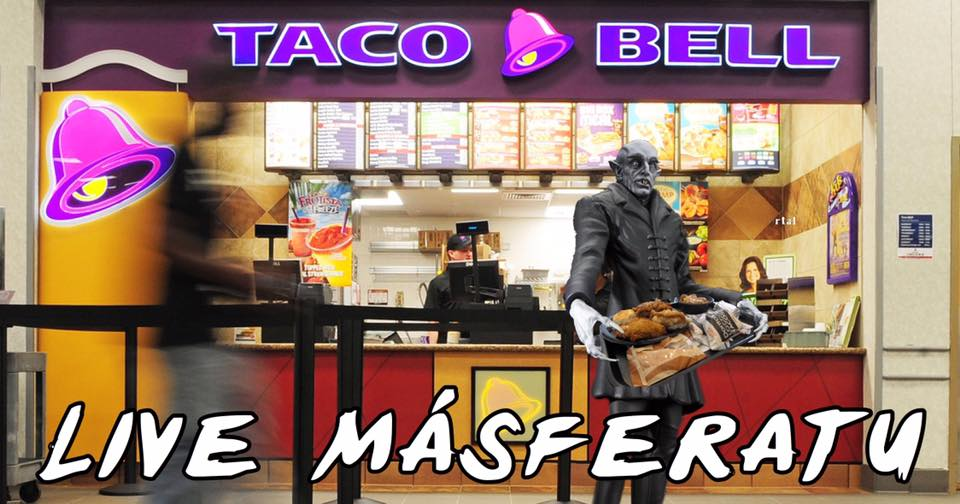Nosferatu 1922 Review: Why it Still Outshines the Remake
The fangs are out, and the debate is raging: can any vampire film truly capture the chilling magic of F.W. Murnau’s 1922 masterpiece, Nosferatu? Recent remakes have attempted to breathe new life into the iconic tale of Count Orlok, but as the dust settles, it’s clear that the original still holds an unshakeable grip on the horror genre. The Daily Lobo’s recent article echoes this sentiment, and it’s a viewpoint shared by many cinephiles and casual viewers alike. This isn’t just nostalgia; there’s something profoundly unsettling and artistically brilliant about the silent film that continues to eclipse its modern counterparts. Let’s delve into why the 1922 Nosferatu remains the true vampire king.
The Power of Silent Horror: Atmosphere and Expression
One of the most significant aspects of Nosferatu is its masterful use of silent film techniques to create a truly terrifying atmosphere. Without dialogue to rely on, the film depends on visuals, music, and the performances of its actors to convey the horror. This leads to several key elements that set it apart:
The Unforgettable Count Orlok
* Max Schreck’s portrayal of Count Orlok is simply iconic. His gaunt figure, long, claw-like fingers, and rat-like teeth create an image that is genuinely disturbing, far removed from the romanticized vampires of later films.
* His movement is unnatural and unsettling, a stark contrast to the more human-like vampires that have come since. The stiffness in his joints and his deliberate pace add to his otherworldliness.
* The use of makeup and lighting on Schreck creates a monstrous visage that feels truly alien and predatory, emphasizing the inhuman nature of the vampire.
Visual Storytelling at its Finest
* Murnau’s use of German Expressionist techniques elevates the film beyond mere storytelling. The exaggerated shadows and distorted sets create a sense of unease and paranoia.
* The cinematography is innovative for its time, with techniques like the use of time-lapse to show Orlok’s emergence from his coffin, adding an uncanny quality.
* The film’s focus on visual symbolism, like shadows and the plague, strengthens the film’s narrative and themes of death and disease.
* Even the simple act of a door creaking open is imbued with a sense of dread, as Murnau uses subtle visual cues to build suspense.
The Impact of Silence
* The lack of dialogue forces viewers to become active participants in the story. We are left to fill in the gaps, making the horror even more personal and terrifying.
* The intertitles are brief and to the point, adding to the chilling economy of the storytelling.
* The use of music in a silent film is crucial, and the score for Nosferatu perfectly enhances the film’s atmosphere and tension.
The Remake’s Struggle: Why Modernization Falls Short
While remakes often aim to modernize a story for contemporary audiences, they frequently lose the essence of what made the original so powerful. Here’s where the remakes fall short in comparison:
Over-Reliance on Special Effects
* Modern horror often leans heavily on CGI and special effects. While visually impressive, these effects can sometimes detract from the underlying horror, making it less psychological and more gratuitous.
* Remakes often sacrifice atmosphere and suspense for jump scares and gruesome visuals, missing the subtle and chilling nature of the original Nosferatu.
* The focus on creating a physically imposing vampire character often leads to the loss of the original’s disturbing, uncanny qualities.
Lack of Psychological Depth
* Many remakes prioritize action and spectacle over exploring the psychological depths of the characters and the themes of the story.
* The focus on dialogue and exposition often results in less ambiguity, lessening the power of suggestion and imagination that made the original so potent.
* The fear in Nosferatu is less about being physically attacked and more about the unseen, the unknown, and the creeping sense of dread – something modern horror often overlooks.
The Loss of Originality and Artistry
* Remakes are often too eager to update the narrative and visuals, losing the unique artistry of the original’s silent era techniques.
* By trying to appeal to a wider audience, remakes often dilute the original’s unique vision and atmosphere.
* The original Nosferatu was a product of a specific time and place, its context is a crucial element to its greatness and one that is impossible to recreate or recapture.
Timeless Horror: Why Nosferatu Endures
Ultimately, Nosferatu’s enduring power lies in its ability to tap into primal fears through masterful storytelling and visual artistry.
A Testament to Silent Film
* Nosferatu is not just a great horror film, but it’s a testament to the power of silent cinema and its unique approach to storytelling.
* Its innovative techniques and expressive visuals continue to influence filmmakers even today.
* The film’s simplicity in its use of expression and environment allows the audience to connect with the horror on a deeper level.
An Enduring Legacy
* The image of Count Orlok is forever etched into the collective consciousness, a symbol of pure, unadulterated horror.
* Nosferatu serves as a reminder that true terror lies not in cheap scares, but in the unknown, the uncanny, and the subtly disturbing.
* The film’s themes of death, disease, and societal breakdown remain relevant and resonant even today.
In conclusion, while modern remakes may offer updated visuals and new perspectives, they often fail to capture the raw, unsettling power of F.W. Murnau’s 1922 masterpiece. Nosferatu remains the benchmark for vampire horror, a testament to the timeless artistry of silent cinema and the enduring power of genuine fear. It’s not about nostalgia; it’s about recognizing a film that achieved something truly special – a haunting masterpiece that will continue to reign supreme in the world of horror cinema. The Daily Lobo review correctly identifies this, and perhaps modern directors should go back and look at what made Nosferatu so great before attempting to capture its magic.
Unless otherwise noted, image assets above are NOT original content & are shared under fair use doctrine with NO claims to authorship or ownership.
Contact necrolicious@necrolicious.com for credit or removal.
This post was sponsored by…ME! If you’d like to support, please buy my original meme merch from Necrolicious.store or check out my affiliate links to get yourself some other cool things. Additional affiliate links may be contained in the above article. If you click on an affiliate link & sign up/make a purchase, I may earn a commission. This does not increase the price you pay for the product or service, so it helps support this website at no cost to you.
Today’s featured item:






